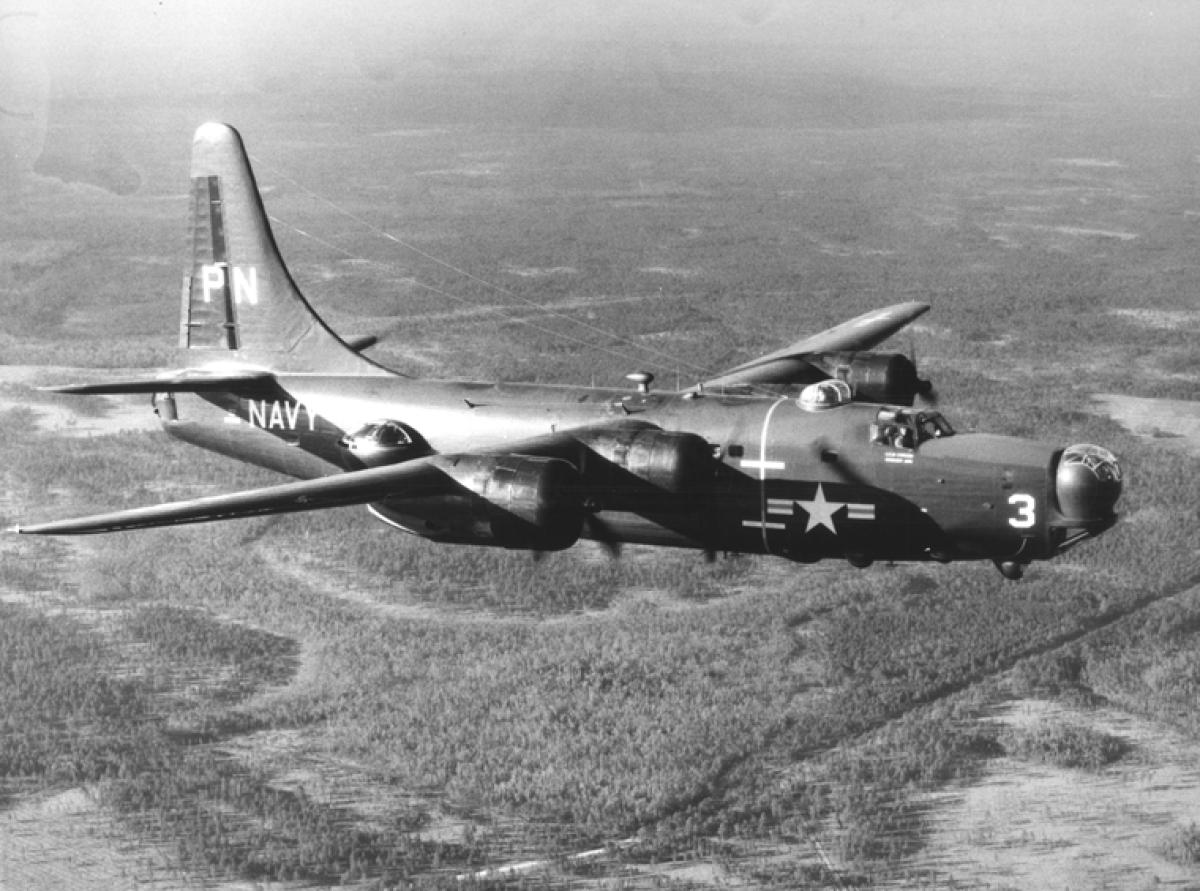It is in the natural order of things that we commemorate the combat sacrifices of our armed forces. But it is also appropriate to remember those who risk their lives—sometimes making the ultimate sacrifice—while accomplishing missions deemed essential yet outside the “normal” realm of hostilities.
At the end of World War II, with the Nazis no longer serving as a common enemy to bind the United States and the Soviet Union together in an unlikely alliance, these two emerging superpowers assumed their more natural roles as adversaries. War weariness and the emergence of weapons too destructive to contemplate using except in the most desperate circumstances kept the two nations from settling their massive differences on the battlefield. Instead, the “Eagle” and the “Bear” assumed largely defensive postures that included an ever-present threat of hostilities to keep the other side at bay.
In 1950, a key element of U.S. strategy was the deterrent threat of atomic bombs, since the Soviets had just tested their first such weapon the year before and the Americans had been building them since 1945. But with the Missile Age in a nascent state, weapons delivery depended largely on Air Force bombers, and if American aircraft were to reach appropriate targets inside the Soviet Union, information about Soviet peripheral air defenses was deemed essential. It was that need that prompted the establishment of a project euphemistically known as the Special Electronic Search Project (SESP), the risky mission of which was to probe at the Soviet perimeter to trigger responses that could be analyzed and neutralized in the event of a shooting war.
At this time, the U.S. Navy deployed its own variant of the B-24 Liberator bomber—designated as the PB4Y-2 Privateer—that was being used for long-range maritime patrols. A special detachment of these aircraft was assigned to the SESP to routinely fly probing missions in the Baltic Sea region. On 8 April 1950, one of these Privateers—nicknamed “Turbulent Turtle” by her ten-man crew—took off from Wiesbaden air base in Germany and began a “Ferret” flight (the code name assigned to SESP missions) out over the Baltic. As was expected, the probing mission caused Soviet radars to light off, and the “Turtle” began harvesting this electronic intelligence information.
But radars were not the only Soviet response to this Ferret mission. A flight of four Soviet MiG fighters was scrambled from Kaliningrad (the former Prussian city of Konigsberg, recently renamed by the conquering Soviets) and vectored out over the Baltic to intercept the “Turtle” as it lumbered along the Latvian coast. Such interceptions were not unusual, but this one would prove to be singular.
It was “Soviet Air Defense Day” and, whether this was coincidence or motivational, these Soviet fighters were obviously more aggressive than had been experienced on previous missions. What followed is not entirely clear because of differing versions that emerged as a result of secrecy and propaganda considerations. The Soviets claimed that the aircraft had penetrated Soviet airspace and had fired on the MiGs. The Americans claimed that the aircraft was on an unarmed navigation mission and had remained outside Soviet territory. What is undisputed is that the MiGs shot down the “Turbulent Turtle.” There is even some dispute as to whether all ten crew members perished or that some of them survived and were captured by the Soviets. Again, what is known with absolute certainty is that these sailors never returned home and are today remembered as some of the earliest casualties of a “war” that was officially “cold” but was too often hot for those who manned the front lines in a precarious balance between confrontational peace and nuclear annihilation.



